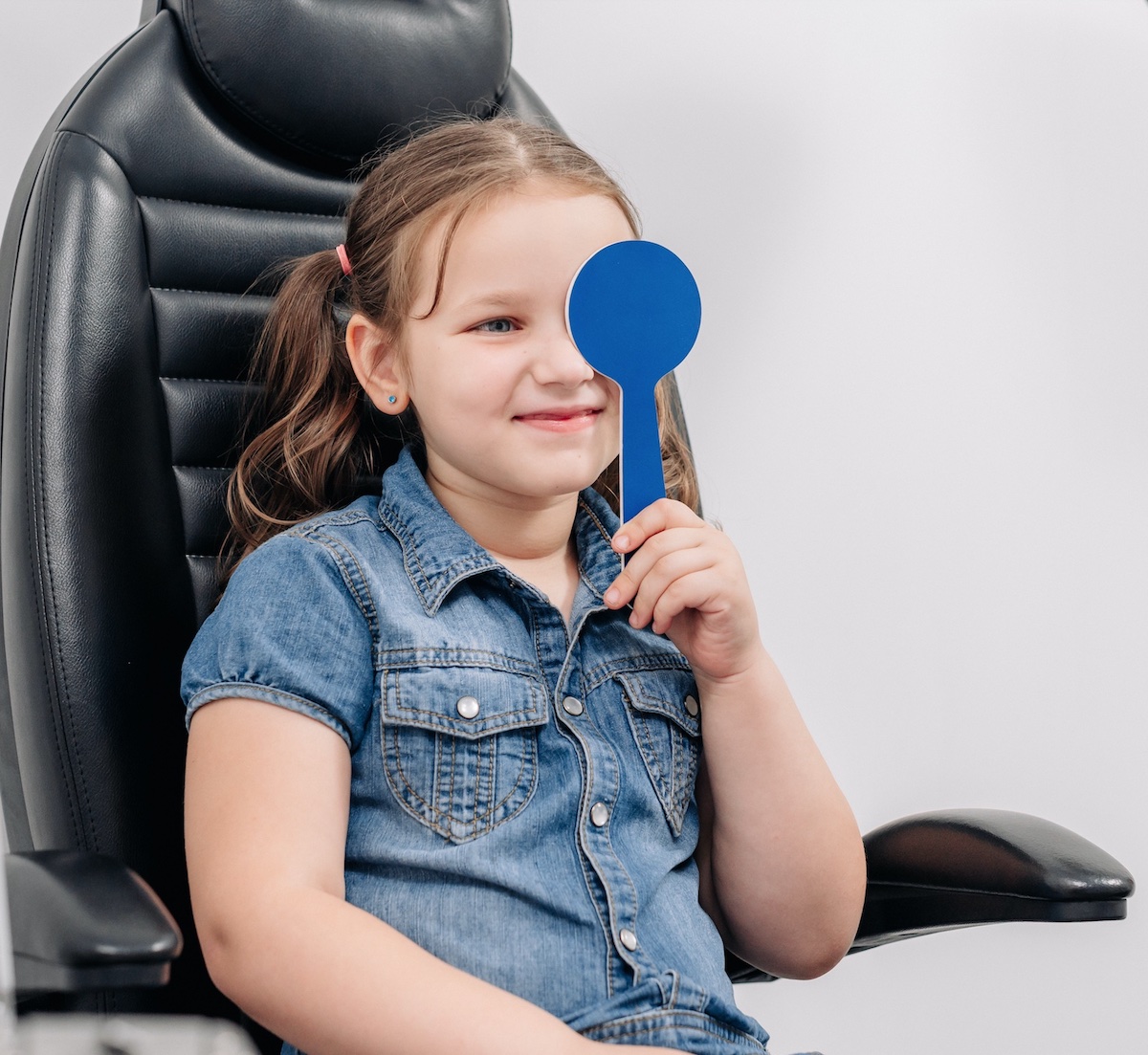
Young children can have vision problems, but with early detection eye conditions can be treated
Drawing pictures, coloring with crayons, and identifying shapes — these childhood playtime activities all involve important visual skills. But when it comes to your child’s eye health, when is the right time to test their vision?
The answer, says pediatric ophthalmologist Elias Traboulsi, MD, MEd, is that your child should have their eyes checked early to keep minor issues from becoming major issues and therefore harder to treat.
What age should my child get their first eye exam?
The American Academy of Ophthalmology recommends eye screenings for newborns, babies between 6 and 12 months, babies between 12 and 36 months, toddlers between 3 and 5 years old and at age 5.
Pediatricians perform these limited vision screenings after birth and in the first few years of life to detect a variety of abnormalities in your child’s sight. These screenings become much more important in children who have family histories of eye conditions or are suspected of having eye issues.
In general, it is recommended that your child has a comprehensive pediatric eye exam by an eye care professional by age 1, to be repeated before kindergarten in children without any evident eye problems.
Signs of eye and vision problems
Parents might recognize noticeable red flags about their child’s vision simply by watching their behaviors. Some common concerns that warrant a comprehensive pediatric eye exam include:
• Not making eye contact.
• Not following moving objects with their eyes or head.
• Not recognizing facial features.
• Getting up close to the TV, books, or other objects to see them better.
• Eyes that drift or turn in or out.
• Droopy eyelids that block their vision.
“Other risk factors that would make a comprehensive eye exam more important to do if there is a very strong family history of a sibling or parent who has some serious eye disease that does manifest itself in childhood,” notes Dr. Traboulsi.
Eye diseases that show up in infancy or childhood that are genetically inherited include congenital cataracts, childhood glaucoma, Myopia (nearsightedness), inherited retinal diseases and ocular malformations.
Abnormalities can lead to vision loss. But Dr. Traboulsi says it’s possible to reverse some problems if they’re caught early. A classic example is lazy eye. Kids with this condition have one eye that is weaker than the other. A common vision problem in children, lazy eye typically responds well to treatment (like an eye patch, eye drops or eyeglasses) the earlier it’s caught.
Can I test my child’s vision at home?
Although parenting blogs may hint at your ability to test your child’s vision at home without the help of a healthcare provider, Dr. Traboulsi says the advice is misleading. Often, parents mistake a child’s ability to see with their ability to interpret what they’re seeing, and this is an important distinction healthcare providers are trained to look for when evaluating your child’s development.
Having a professional healthcare provider evaluate your child’s overall eye health is key, as many of the things that can impact their vision can improve with specific kinds of treatment if they’re caught early.
Source: https://health.clevelandclinic.org/eye-test-for-preschoolers












